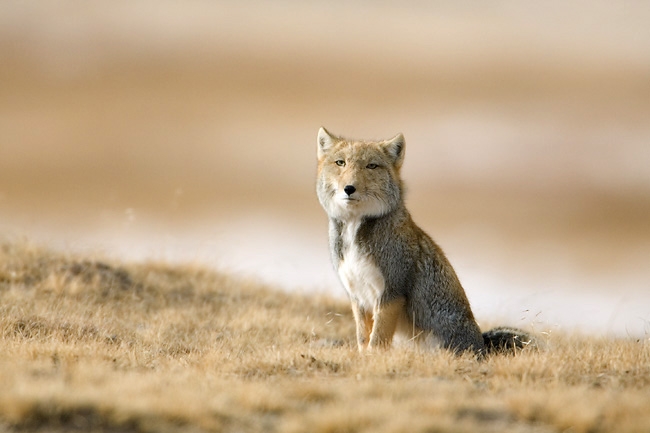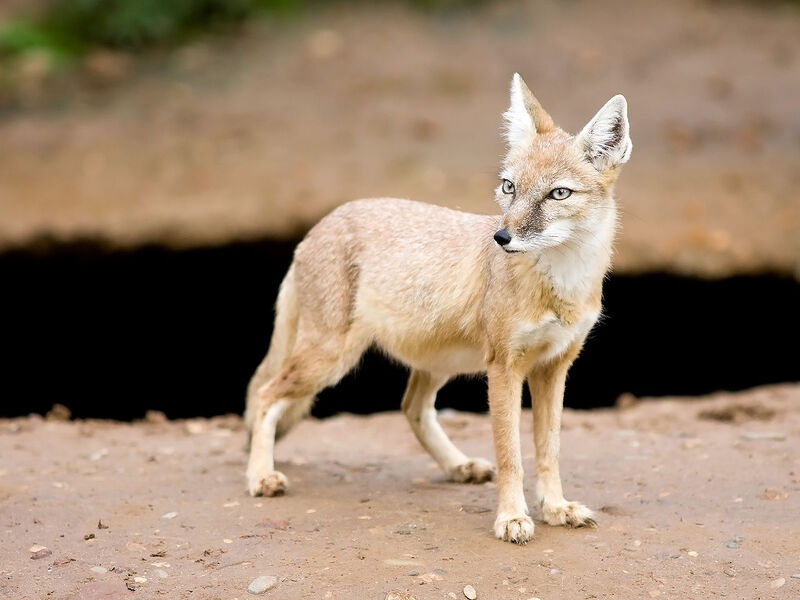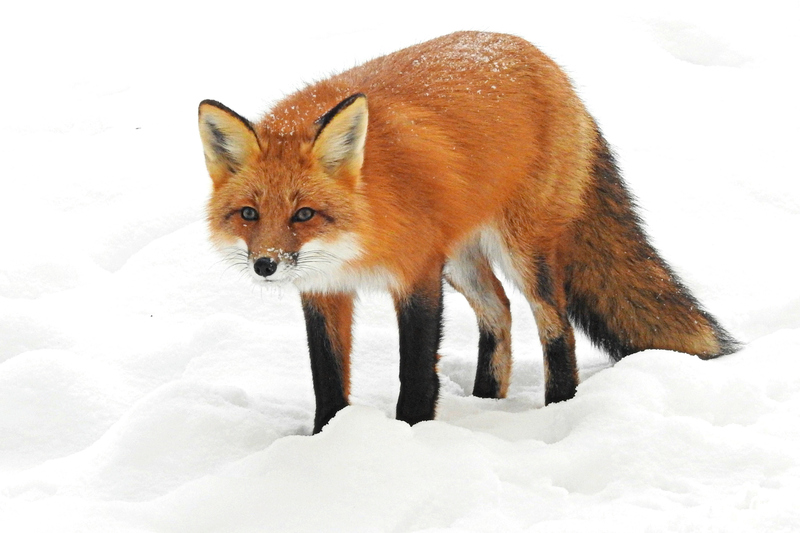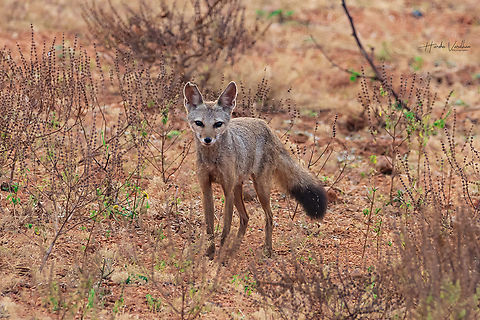Vulpes ferrilata
IUCN
LCBasic Information
Scientific classification
- name:Vulpes ferrilata
- Scientific Name:Tibetan fox
- Outline:Genus Vulpes
- Family:
Vital signs
- length:
- Weight:
- lifetime:
Feature
Distribution and Habitat
Appearance
Details
Introduction to Vulpes ferrilata (Tibetan fox)
Chinese name: Tibetan fox
Scientific name: Vulpes ferrilata
Common name: Plateau fox, snow fox
Classification: Mammalia → Carnivora → Canidae → Vulpes
Conservation status:
International: IUCN rated as "Least Concern"
China: Listed as National Class II Protected Animal
1. Appearance characteristics
| Features | Description |
|---|---|
| Body length | 60–70 cm |
| Tail length | 29–40 cm, dense and fluffy, with white ends |
| Shoulder height | 25–30 cm |
| Weight | 4–5.5 kg |
| Coat color | The body is mostly sandy yellow and gray-brown, with dense hair in winter with a slight silver tint |
● Most notable features:
“Square face” appearance: The head is wide, the cheekbones are prominent, and the short ears make the face “square”, which is very recognizable.
Dandy and serious eyes: There is a visual effect of “failed expression management”, and he is often called “the emperor of plateau expressions” on the Internet.
2. Distribution and Habitat
● Geographical distribution:
Mainly distributed in the Qinghai-Tibet Plateau and its surrounding areas, including:
China (Qinghai, Tibet, Sichuan, Gansu, northern Yunnan)
Nepal
Bhutan
Northern India
Northeast Bangladesh (small area)
● Habitat:
Plateaus, meadows, deserts, and tundra zones at an altitude of 3,000–5,300 meters;
Prefers open, low-vegetation areas for easy observation of prey;
Usually lives in caves, mostly borrowing the caves of other animals (such as marmots, pikas, etc.), and also digging their own caves.
3. Living habits
● Diet:
Mostly carnivorous, mainly preying on plateau pikas, marmots, and small birds;
Also eats insects, reptiles, bird eggs, and sometimes scavenges;
It is one of the key players in controlling the number of pikas on the Qinghai-Tibet Plateau.
● Activity Pattern:
Mostly active during the day (diurnal), especially in the early morning and evening;
Live alone or in family units, more secretive and cautious;
Usually walk slowly, but fast when hunting.
● Reproduction characteristics:
Estrus period: 1–3 months;
Gestation period: about 50–60 days;
2–5 pups per litter;
The pups are blind at birth and need to be cared for by their mother until weaning. They can leave the cave and move around after 1–2 months.
4. Ecological significance and natural enemies
● Ecological role:
Controlling plateau rodent populations (such as plateau pikas) is beneficial to ecological balance and grassland protection;
It is one of the prey of many large predators such as raptors and wolves.
● MainMajor natural enemies:
Lynx, wolf, Tibetan wolf, etc.;
Eagles and raptors will attack their young;
Human activities (such as poison bait to kill rats) also indirectly threaten its survival.
V. Relationship with humans
Cultural image: It is often popular on the Internet because of its "cute square face" and has a rich collection of emoticons;
Ecological value: As a natural enemy of pikas, it is actually beneficial to the ecological restoration of plateau grasslands;
Reasons of threats:
Plateau pika poison bait killing operation;
Habitat destruction;
Impacts of climate change.
6. Differences from other foxes
| Features | Tibetan fox (V. ferrilata) | Red fox (V. vulpes) | Lynx fox (V. corsac) |
|---|---|---|---|
| Face | Square face, serious expression | Pointy face, clever and alert | Soft facial contours |
| Habitat | Qinghai-Tibet Plateau | Various temperate and cold zones | Central Asian steppes and semi-desert areas |
| Activity time | Diurnal | Active during both day and night | Mostly nocturnal |
| Body type | Small to medium, stocky | Large | Smaller, slimmer |





